The Role of Humor in Leadership:How Light-Hearted Moments Build Stronger Teams.
Whitney Wolfe Herd’s vulnerability-fueled humor reveals how intentional levity fosters psychological safety, accelerates iteration, and propels Bumble’s stellar corporate performance.




